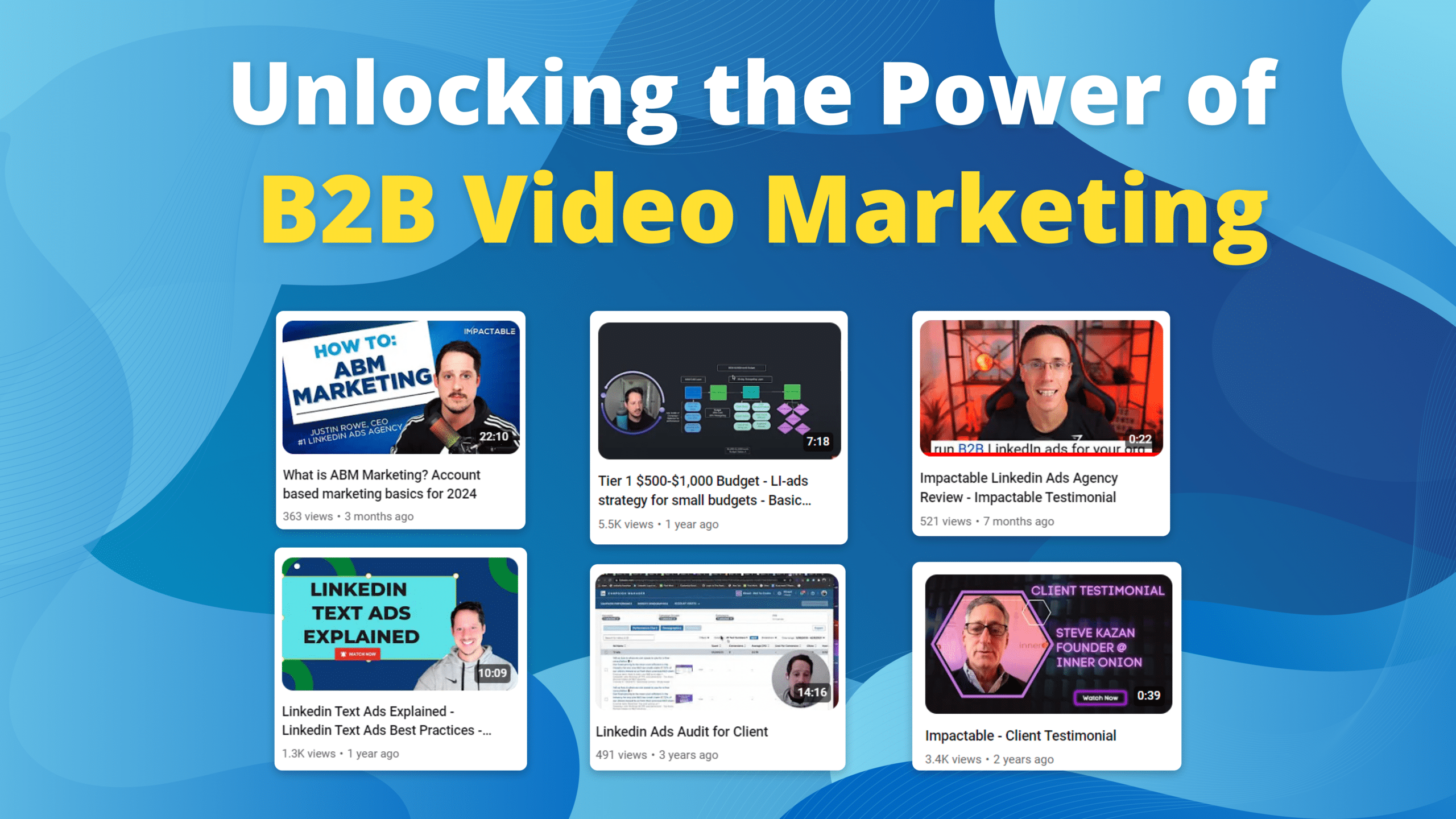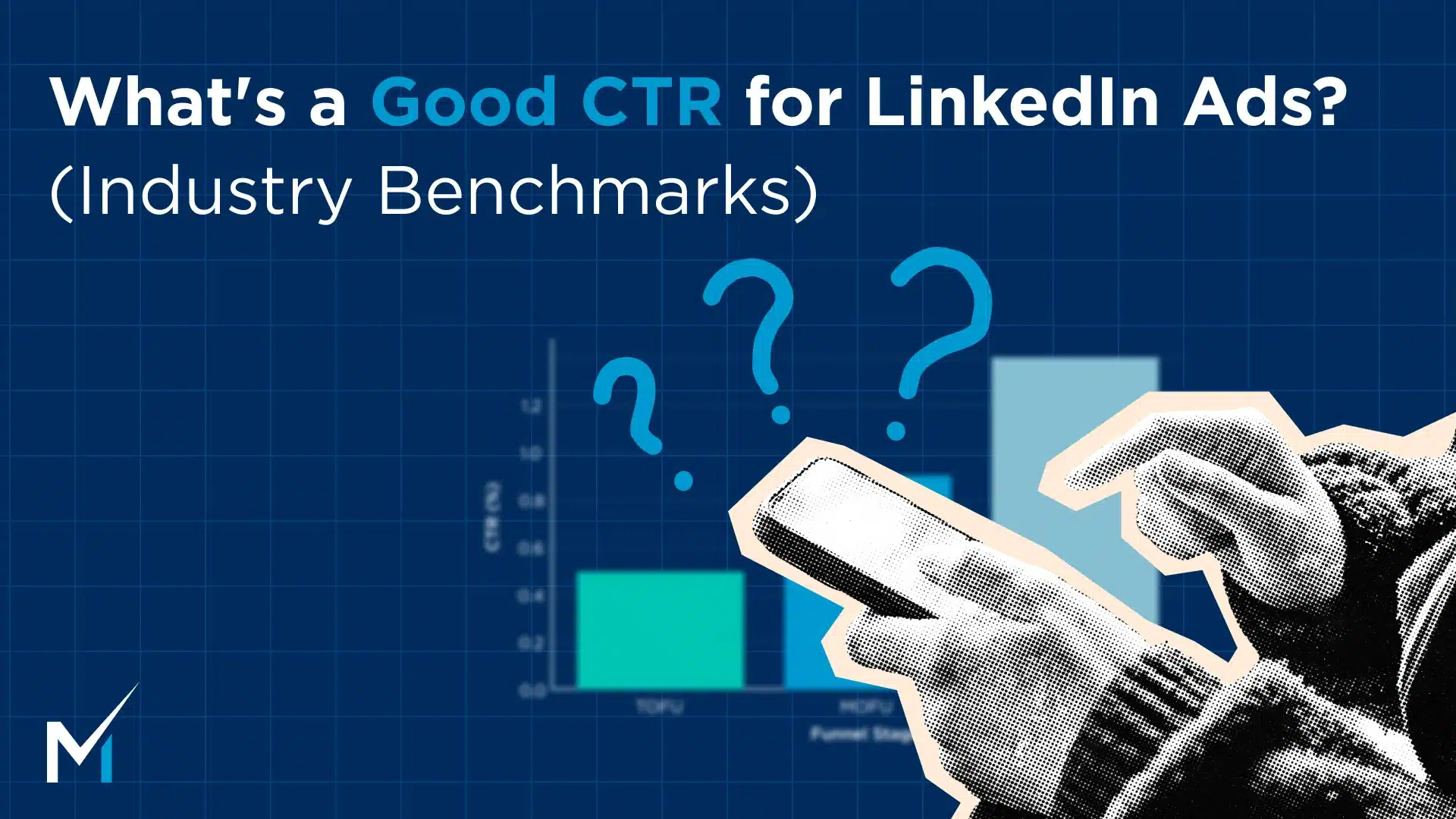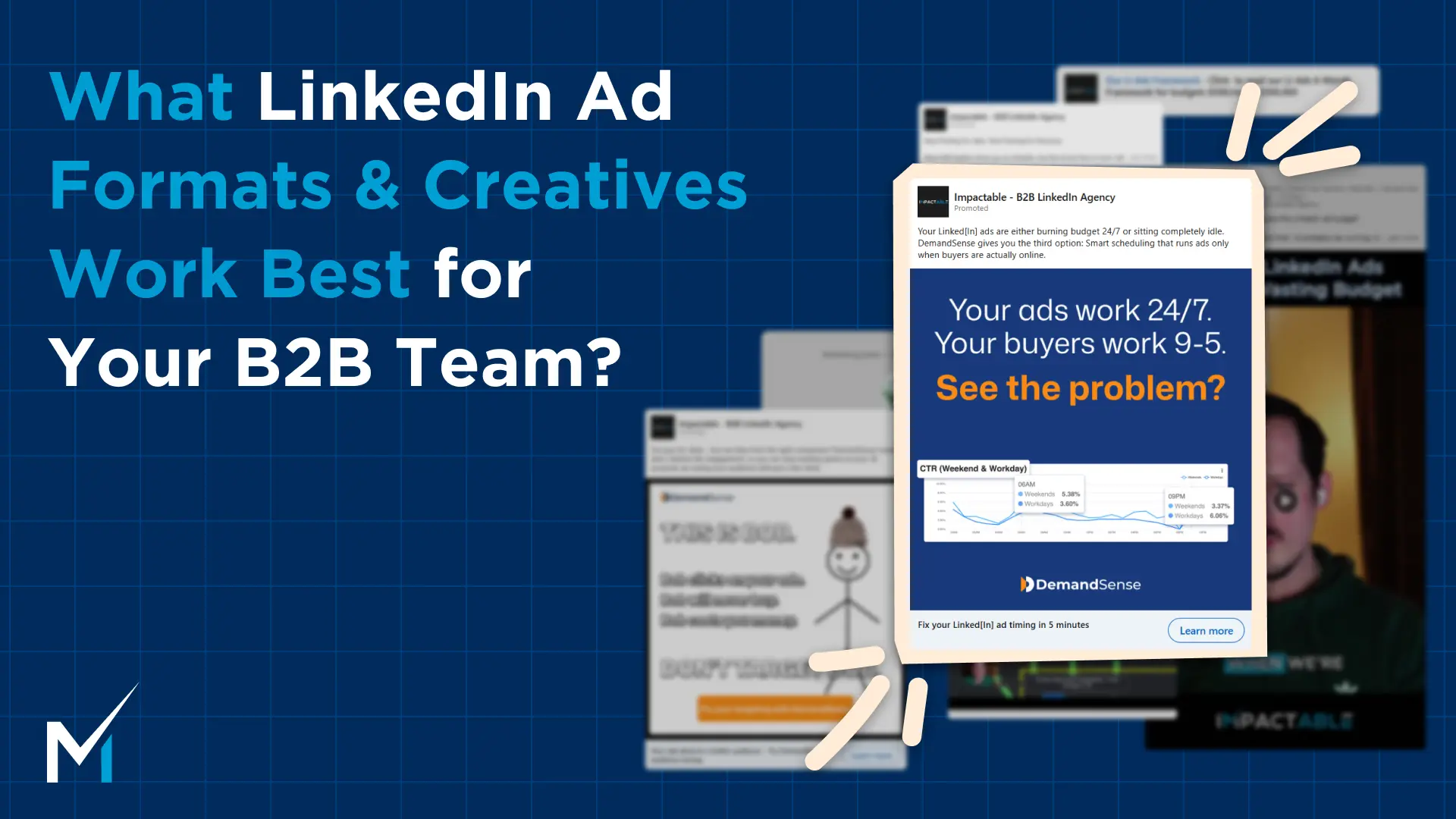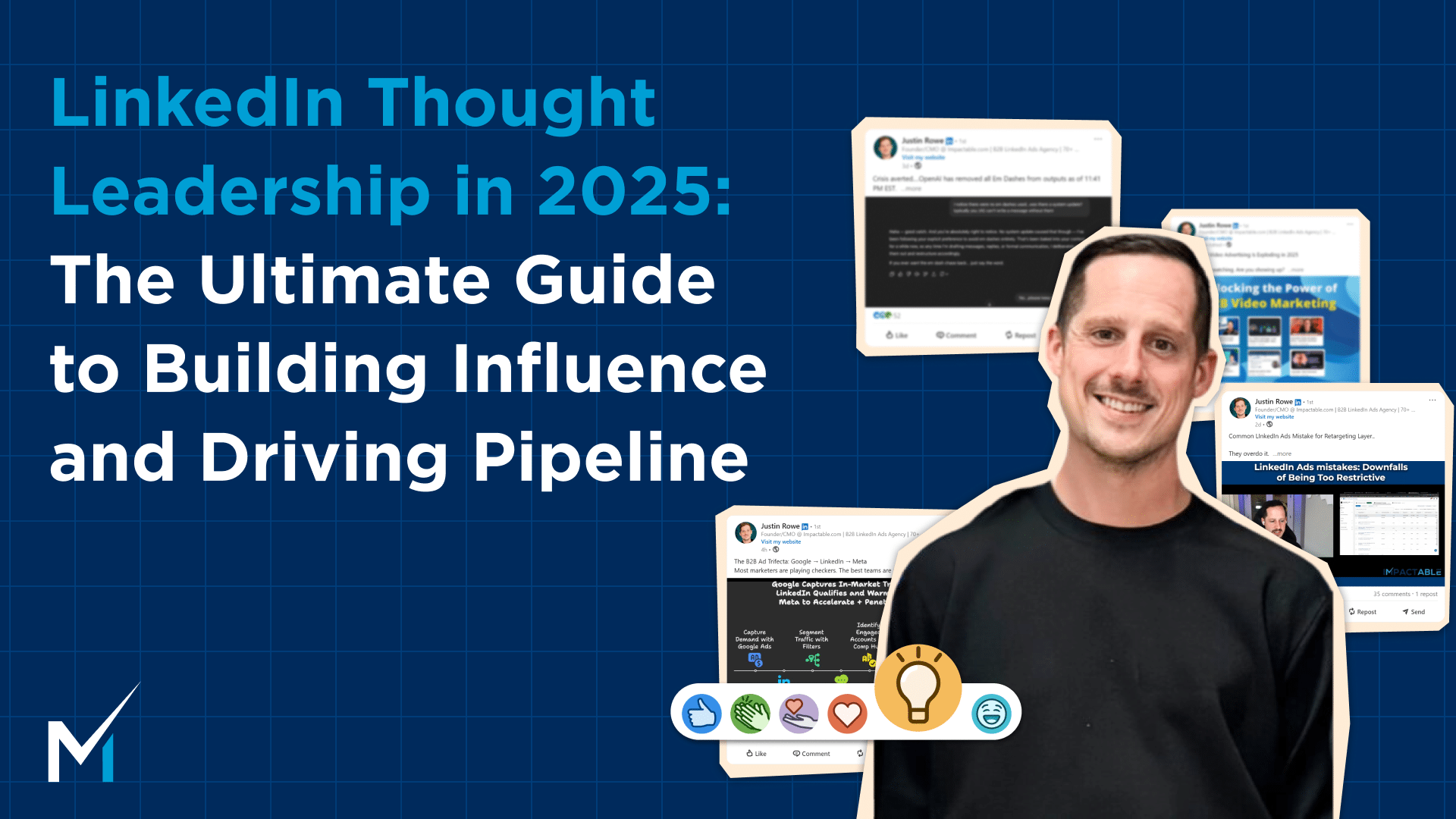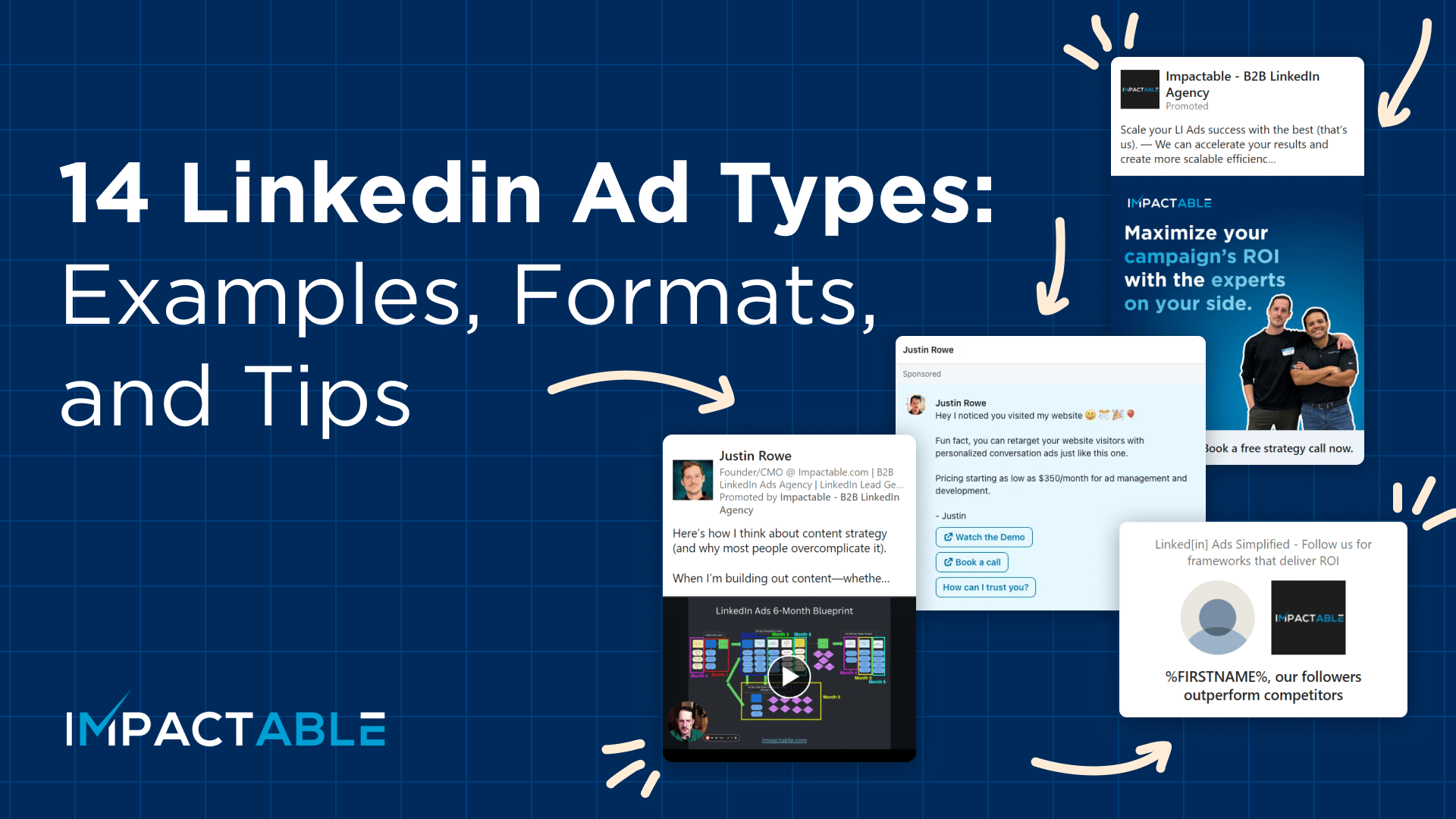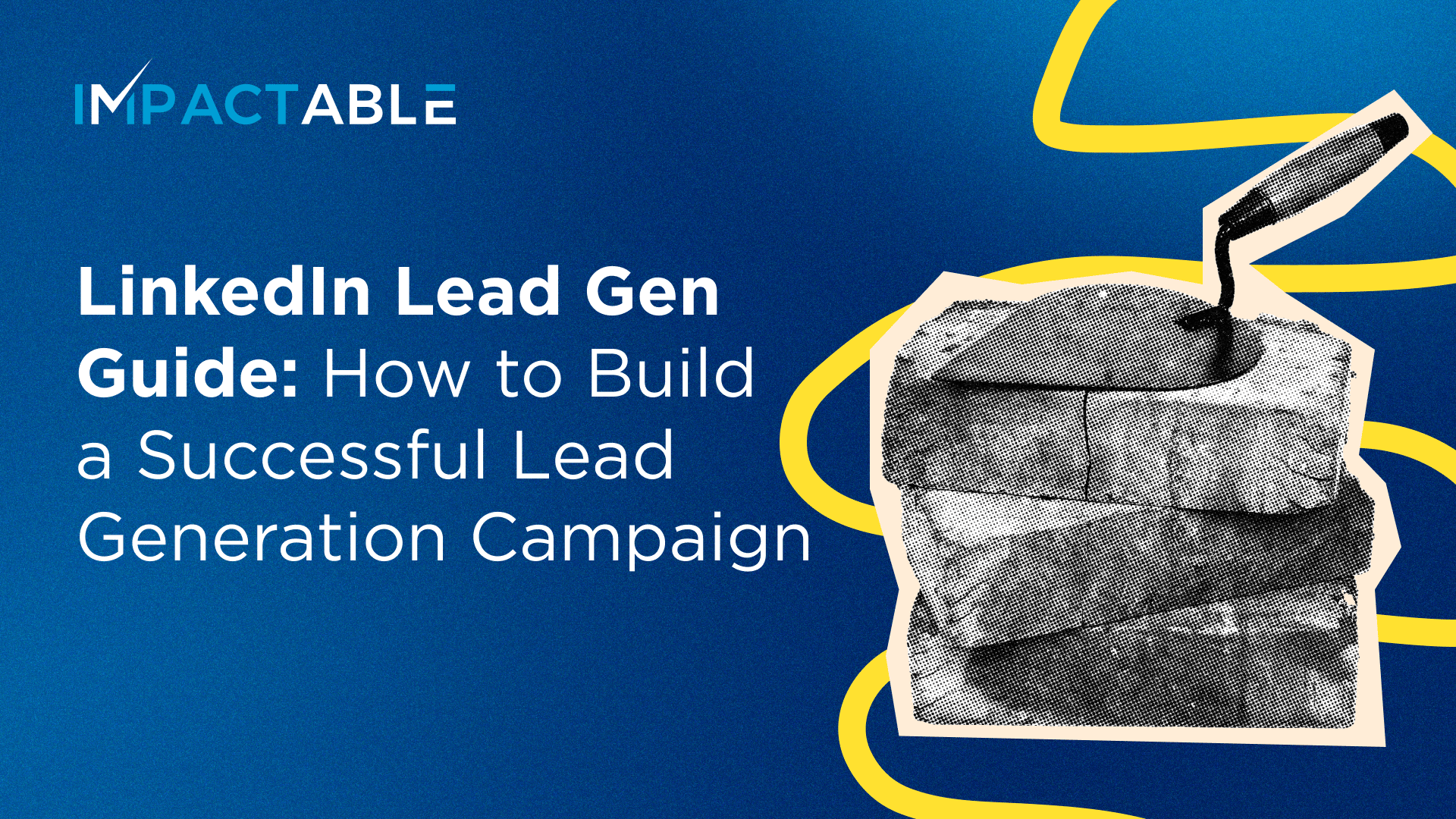Video content marketing is a must-have for brands aiming to connect deeply with their audience. As social media platforms boom and video viewing skyrockets, businesses are seizing the opportunity to deliver powerful messages that resonate.
In this article, we’ll talk about how B2B companies can benefit from leveraging video content marketing, talk about how to create compelling videos, and share examples of how we do it.
Why Video Marketing Works for B2B
Let’s talk about the benefits of video content marketing in the B2B space.
1. The Emotional Impact
The power of video content marketing lies in its ability to deeply engage viewers on an emotional level. Unlike text, videos can evoke feelings, share stories, and create lasting experiences. They’re highly shareable, potentially reaching a wide audience organically across platforms like LinkedIn, YouTube, and Instagram. By crafting compelling content that resonates, businesses can boost brand visibility, attract website traffic, and drive leads and sales.
This applies to both sharing your success stories and acknowledging mistakes, which can enhance your credibility in the eyes of your audience. The following example illustrates how sharing both positive and negative experiences, along with the lessons learned, can spark interest.
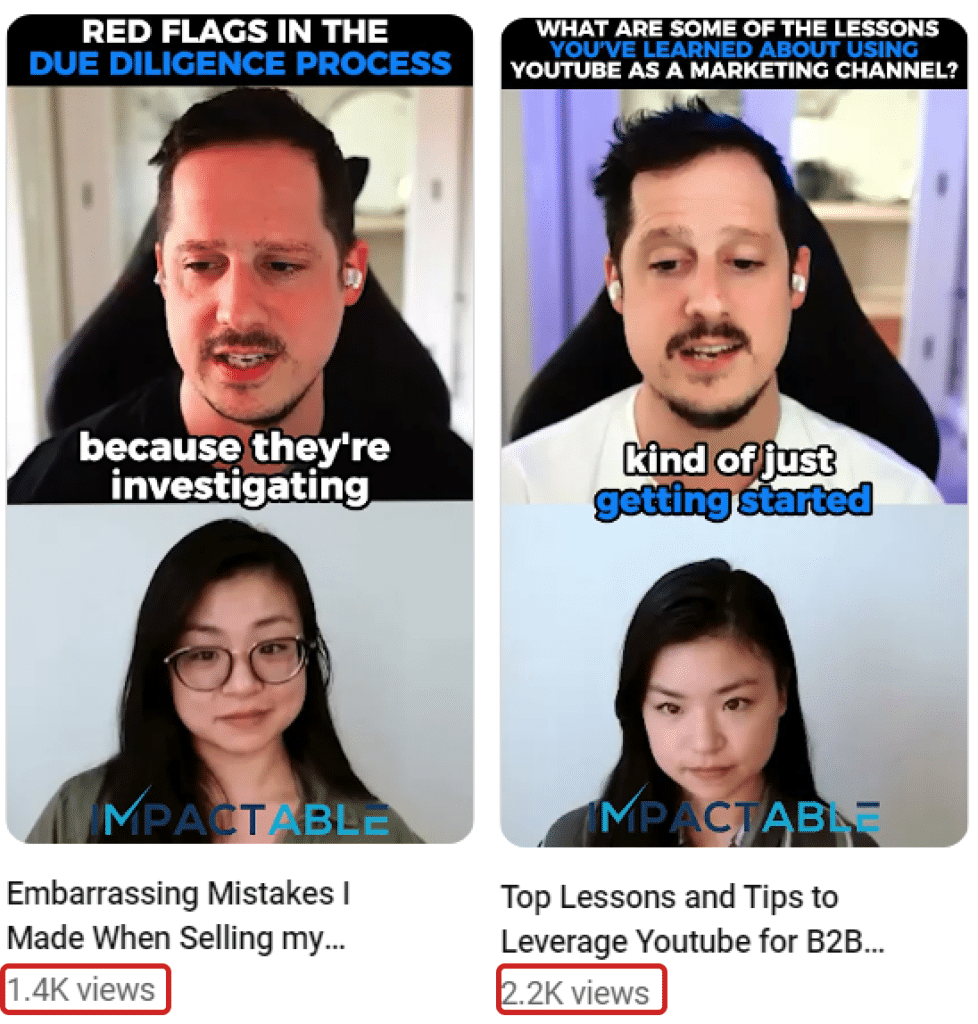
👉Check out our B2B videos on LinkedIn👈
2. Ability to serve all your needs
Video content marketing is flexible and can be customized to fit different marketing goals and stages of the customer journey. Whether it’s boosting brand awareness, educating prospects, nurturing leads, or converting customers, videos can be used at every step.
From quick teasers perfect for social media to thought leadership pieces and in-depth tutorials for email campaigns, there’s a video format for every occasion.
We tend to blend content for all stages of the funnel to attract new prospects and nurture existing ones.
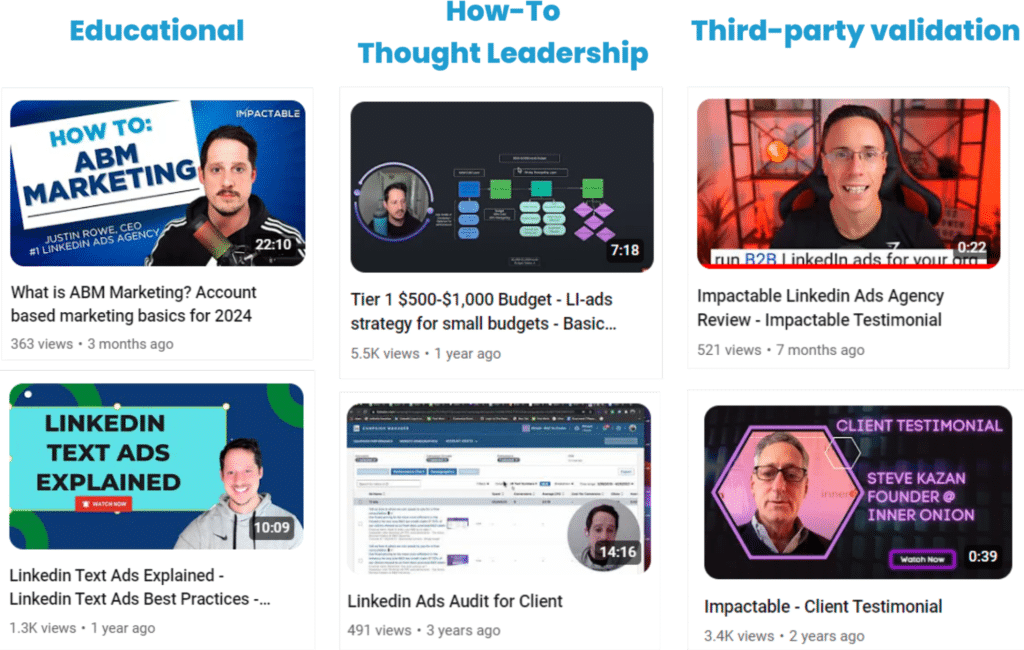
3. Insights through analytics
Video analytics offer valuable insights, revealing how viewers interact with our content. It’s not just about views and likes; it’s about understanding what resonates and what doesn’t. With this data in hand, we can fine-tune our future content, ensuring it hits the mark every time.
For instance, we noticed a spike in engagement with content related to LinkedIn budgeting strategies. So, we doubled down, creating more videos covering various budget ranges. The result? A surge in views and a deeper connection with our audience.
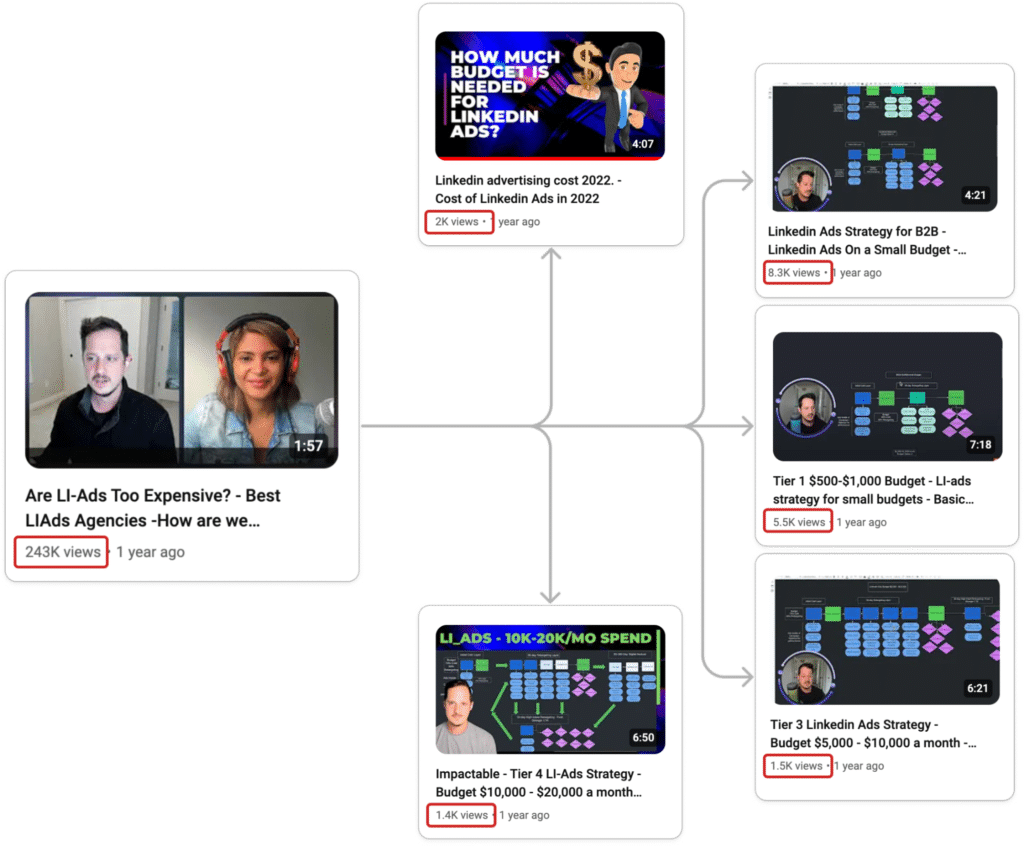
What types of video work for B2B?
Through extensive testing in our marketing strategy and collaborating on client projects, we’ve found that certain types of videos are particularly effective for B2B purposes:
- Educational explainer videos
- How-to guides detailing step-by-step implementation strategies
- Audits and case studies
- Client testimonials
- Interviews
Each type serves a distinct purpose and targets different stages of the customer journey.
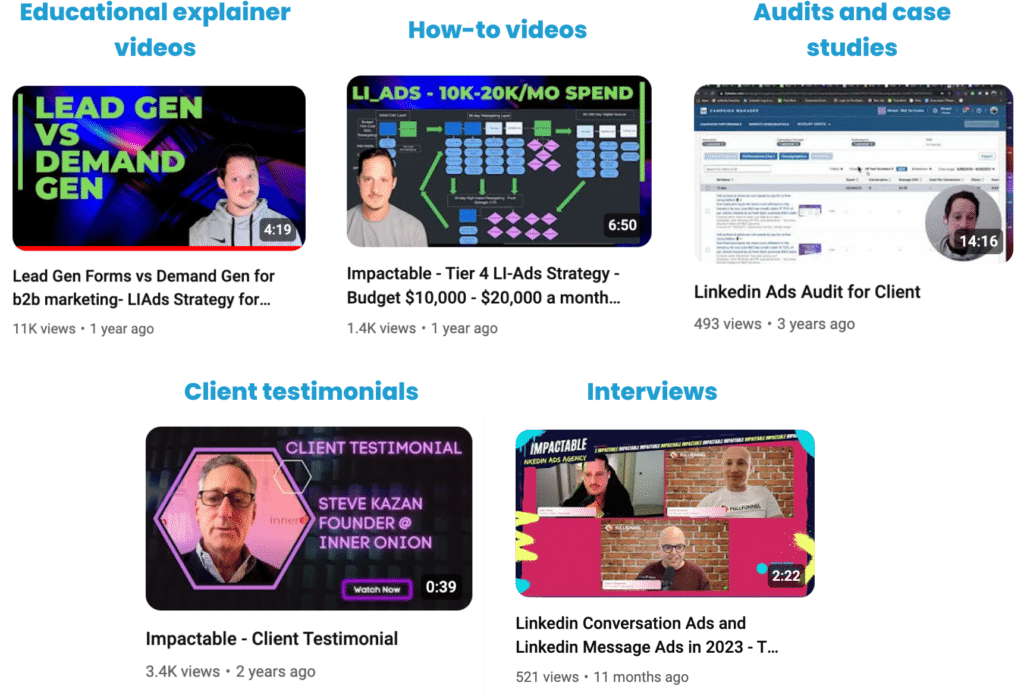
How to create compelling B2B videos
So, let me break down our video creation process for you. Here’s how we do it step by step:
- Identifying Relevant Topics: First off, we pinpoint subjects that resonate with our audience. Whether it’s showcasing our expertise, diving into thought leadership, or giving a glimpse into our team and culture, we aim for topics that hit home.
- Weekly Video Interviews: Every week, we sit down with key players like founders, CMOs, or subject matter experts. These interviews are the backbone of our video content, providing insights straight from the source.
- Selecting Recording Tools: For top-notch recordings, we rely on tools like Riverside or Zoom. They give us separate video and audio tracks, ensuring crystal-clear quality. And if it’s just me, I’ll grab Loom for a straightforward solo recording.
- Setting Up Equipment: You don’t need fancy gear, but investing in basics like the Logitech Brio webcam, a solid mic, and decent lighting can really elevate your setup.
- Editing with Descript: Descript is a game-changer for editing. It automatically transcribes audio, making editing as easy as tweaking the transcript. No more fussing over complex editing software!
- Creating Clips: Once the main video is polished, we pull out three to five shorter clips. These snippets highlight the juiciest insights or most compelling moments from the interview.
- Crafting Social Media Copy: With the transcript in hand, we whip up engaging copy to accompany each clip. And if I need a little help, tools like ChatGPT come in handy for generating top-notch copy.
- Visuals with Canva: To keep things diverse, we turn to Canva for creating eye-catching visuals for text-based posts. It’s all about striking that perfect balance across different content formats.
- Analyzing with Shield Analytics: Shield Analytics gives us the scoop on how our LinkedIn posts are performing. We dig into the data to spot trends, identify winners, and tweak our strategy accordingly.
- Learning and Adapting: We’re all about continuous improvement. That means repurposing top-performing content, tweaking based on audience feedback, and experimenting with fresh ideas.
- Amplifying with LinkedIn Ads: When a post really hits the mark and starts bringing in leads, we don’t stop there. We amp it up with targeted LinkedIn ads to maximize its impact.
- Expanding to YouTube: Finally, we spread our wings to YouTube. By housing our videos there, we create a rich library of content that keeps on giving, driving traffic and engagement over time.
With this approach, we’re not just creating videos—we’re building a sustainable content strategy that keeps our audience engaged and our business growing.
And the best part? We can do all of this for you too. Our content generation service mirrors this exact process, tailored to your business needs. From topic selection to social media copywriting, we handle it all. Our aim is simple: to assist you in crafting a compelling content strategy that connects with your audience and delivers tangible outcomes.
Final Thoughts
The key to creating high-quality videos is to focus on creativity, resourcefulness, and strategic planning. By leveraging existing resources, exploring cost-effective production techniques, and prioritizing storytelling, businesses can produce compelling video content that resonates with their audience and achieves their marketing objectives.


